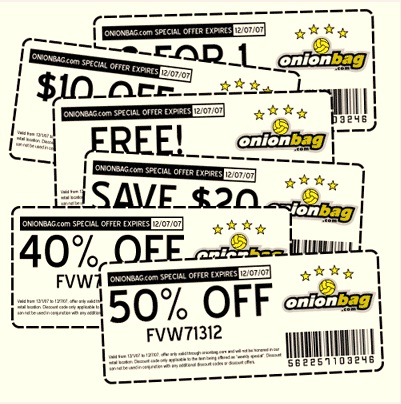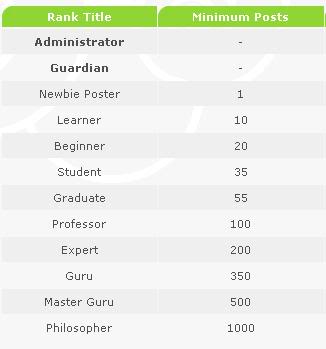Shopster would be an application capable of producing profit for its developers. After consideration of the possible revenue models, we decided that since we will categorise users to simple users and shop-owners, it would be a good idea to charge shop-owners with a membership fee. This would a sensible thing to do since, if a lot of users use Shopster, it would be a value for shop-owners to register as well and be able to advertise their offers in the system. Shop-owners would also have the ability to control a shop’s page within Shopster and therefore see which users “like” the shop.
Related to the previous point, Shopster developers could also charge shop-owners or potential companies for supplying them with anonymous statistics. For example, shop-owners might want to know whether more male or female users like their shops, the location of users who like their shops, what age groups are attracted by specific offers, etc. Of course, all these information would be given with privacy issues always in mind.
Finally, 3rd parties like websites, companies or other organisations might want to advertise their businesses in Shopster and this would generate extra revenue for Shopster developers.
It is therefore important that if we can find people to invest in Shopster, some of that money should be spend on advertising the application and attracting users to start with as well as contacting shop-owners, after a number of users start using the system, and convince them that it is worthwhile to become members in Shopster.

